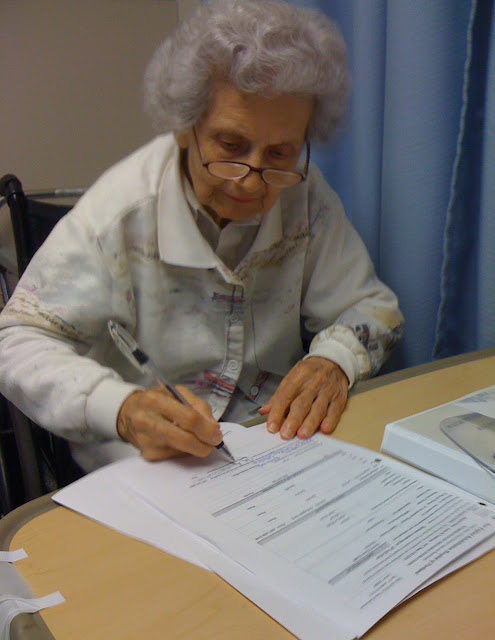The recently-late Milton Glaser (June 26, 1929–June 26, 2020) notably said/wrote on his website, "The good is the enemy of the great." He was confident, great, and inspiring.
A tribute to Milton Glaser on the AIGA website includes an article from 1999, in which Milton Glaser is thoughtful, articulate and extraordinary. The article of twenty-one years ago, is still fresh—just like Milton Glaser's work done during his 91 years.
• • •
Below is a confession, an admission that work (formerly) in office flat files, is not up to Milton Glaser's benchmarks of making the viewer do a little thinking.
In cleaning out my office space, I decided not to keep some samples from 1993 and 1995 (for obvious reasons; see below)—work done for Avon for their Women of Enterprise Awards (WoE that the work is functional, good-ish, workmanly and definitely not great). The best thing about the programs and attendant ephemera is the content.
In 1993, the guest speakers were Lucie Arnaz and Anna Quindlen; and among the 1993 awardees were Annemarie Colbin, 52, Founder and President of The Natural Gourmet Cookery School and The Natural Gourmet Institute for Food and Health (her back story is amazing) and Suzanne Small Trusler, 43, Owner, Morning Star Enterprises, Lame Deer Montana (a member of the Northern Cheyenne tribe in Lame Deer, Montana, Suzanne Small Trusler was the first woman from her reservation to earn a four-year college degree; she went on to found a construction company that hired Native Americans in unprecedented numbers).
In 1995, the honorees were The Honorable Laura D'Andrea Tyson, Assistant to the President [Bill Clinton] for Economic Policy in The White House and The Honorable Pete V. Domenici, U. S. Senate, (R, NM). The quote on the cover of the four-page invitation for 1995 was Eleanor Roosevelt's, "The future belongs to those who believe in the beauty of their dreams.
In cleaning out my office space, I decided not to keep some samples from 1993 and 1995 (for obvious reasons; see below)—work done for Avon for their Women of Enterprise Awards (WoE that the work is functional, good-ish, workmanly and definitely not great). The best thing about the programs and attendant ephemera is the content.
In 1993, the guest speakers were Lucie Arnaz and Anna Quindlen; and among the 1993 awardees were Annemarie Colbin, 52, Founder and President of The Natural Gourmet Cookery School and The Natural Gourmet Institute for Food and Health (her back story is amazing) and Suzanne Small Trusler, 43, Owner, Morning Star Enterprises, Lame Deer Montana (a member of the Northern Cheyenne tribe in Lame Deer, Montana, Suzanne Small Trusler was the first woman from her reservation to earn a four-year college degree; she went on to found a construction company that hired Native Americans in unprecedented numbers).
In 1995, the honorees were The Honorable Laura D'Andrea Tyson, Assistant to the President [Bill Clinton] for Economic Policy in The White House and The Honorable Pete V. Domenici, U. S. Senate, (R, NM). The quote on the cover of the four-page invitation for 1995 was Eleanor Roosevelt's, "The future belongs to those who believe in the beauty of their dreams.
The initiative was strong; the overall look anything but.The programs are functional but safe and predictable (and therefore) so-so and the logo is worse than so-so; but the intent and import of the piece are important and the overall look is usable. I hope that makes these pieces "work" as opposed to "bad work."




































